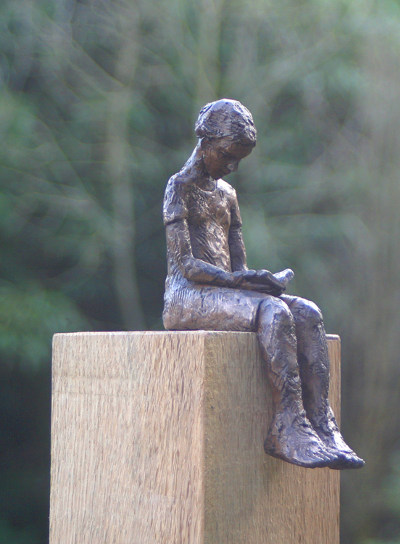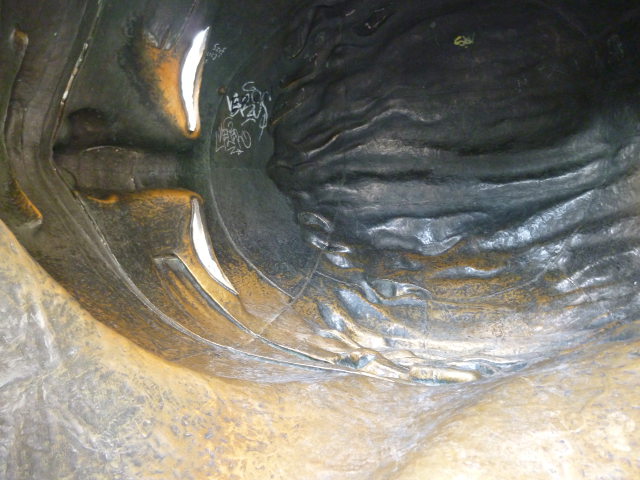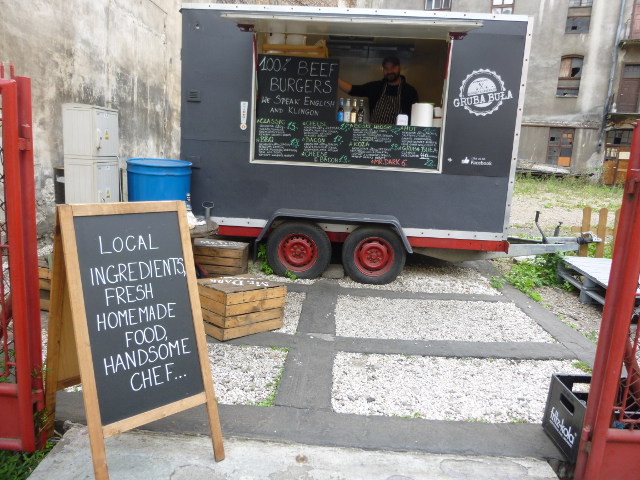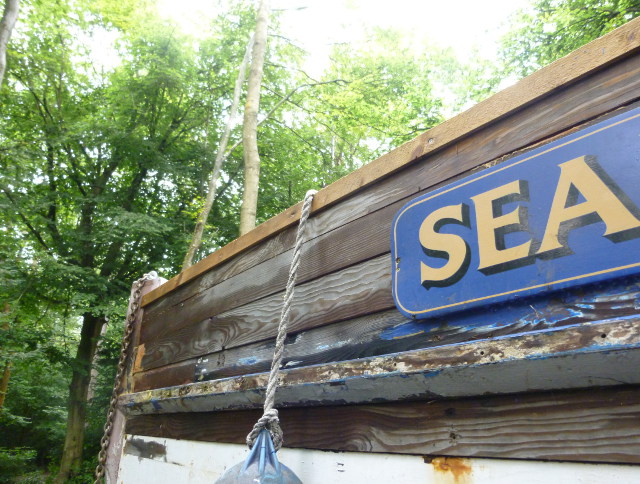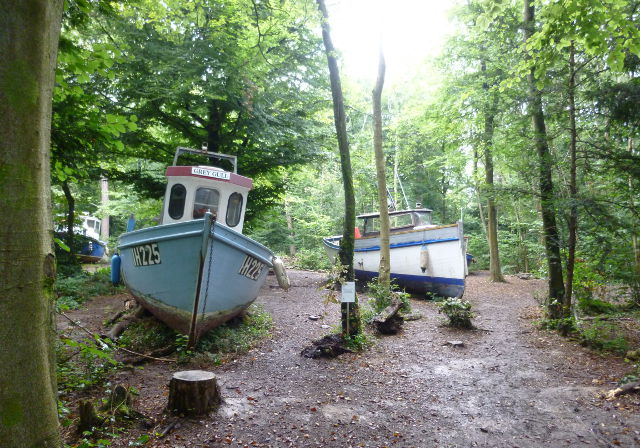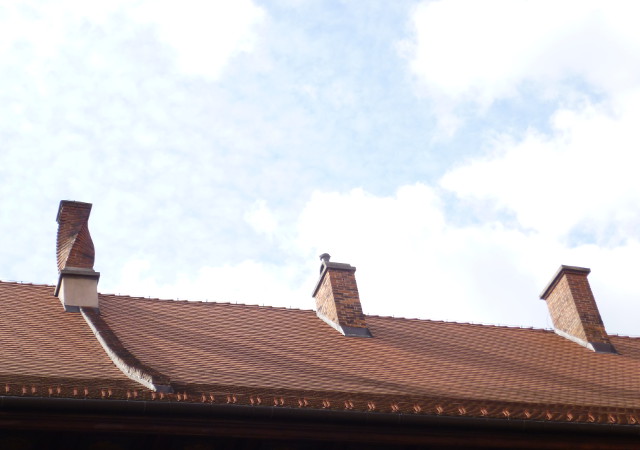 I began blogging in 2008. I’d already been working as a journalist for several years, and having recently gone freelance, was seeking to fill the slightly alarming time between assignments. After years of following briefs, making my writing meet the expectations magazine readers and editors, writing a blog felt refreshingly free. For the first time since I was a child keeping a journal, I could, to some extent, write whatever popped into my head.
I began blogging in 2008. I’d already been working as a journalist for several years, and having recently gone freelance, was seeking to fill the slightly alarming time between assignments. After years of following briefs, making my writing meet the expectations magazine readers and editors, writing a blog felt refreshingly free. For the first time since I was a child keeping a journal, I could, to some extent, write whatever popped into my head.
But soon came the disconcerting and simultaneously exhilarating realisation I had an audience. I needed to be aware my eyes were not the only eyes one the screen.
I needed to make sure I had plenty of quality content, so I did what I’d always done. I carried a notebook. I wrote down the things that occurred to me, the sights and snippets of daily life that amused or intrigued me, and some of them formed blog posts for a section I named ‘Foraging.’
More recently, one blog down and three years into blogging at SkyLightRain.com, many of these take the form of ‘Writing Prompts’. It makes me pay attention in a way I might not otherwise, and it’s deeply satisfying.
At the same time, as I seek out creative opportunities for my readers, I grow more aware of the literary and art events taking place, the courses, festivals, calls for submissions and competitions that might benefit my own output.
In a sense, a blog is a magazine, with each post an article or feature. The beauty of the blog is that there are few costs (just the hosting and domain name to shell out for if you want a bespoke name), and therefore no advertisers to appease. You have freedom, but also copy to provide. So you keep your eyes and ears open, pay attention to what’s happening around you, both online and out in the actual world.
I once attended a talk on mindfulness in which we were advised to take note of chimneys. It’s a simple way to ensure you look up, notice the sky, and, besides, many chimneys are beautiful.
Gathering material to blog about works in the same way. I’m a habitual daydreamer – a half hour amble could pass without me seeing anything but the thoughts inside my head. Requiring myself to spot things, and think about them, ensures I’m more aware of my surroundings – not only that, but enjoying them.
As my mind hops from idea to idea, my eyes can dart around and draw my attention to the way sunlight flickers between branches, the discarded toy on a wall, the faint absurdity of a lone shoe nestled in the shade of a bus stop. And then my mind stops wandering and wonders – whose toy is that? Why just the one shoe? Is someone right now limping home?
The world is full of intrigue.
As a blogger you’re a modern day hunter-gatherer. The snippets you overhear, the conversations you have, the twitter feeds and other blogs you read, all contribute to making your blog, and your life, more interesting. And, I would say, all that can add up to making you a more engaged, happier person.
What’s not to like?

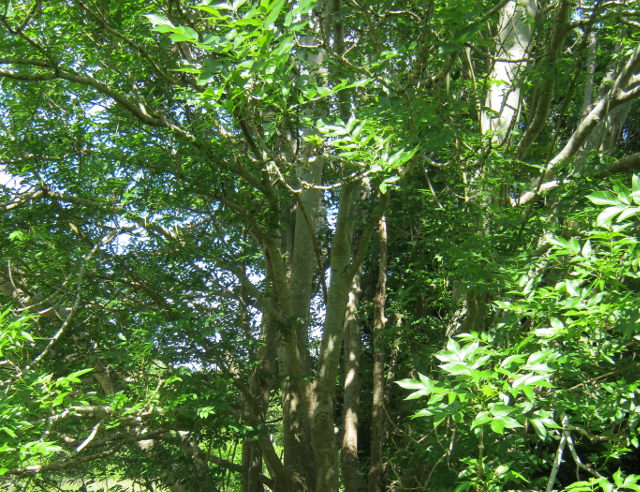
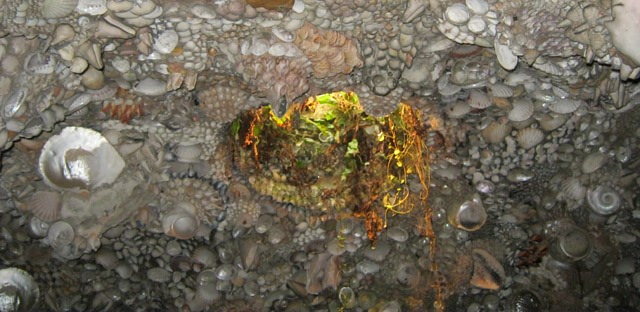
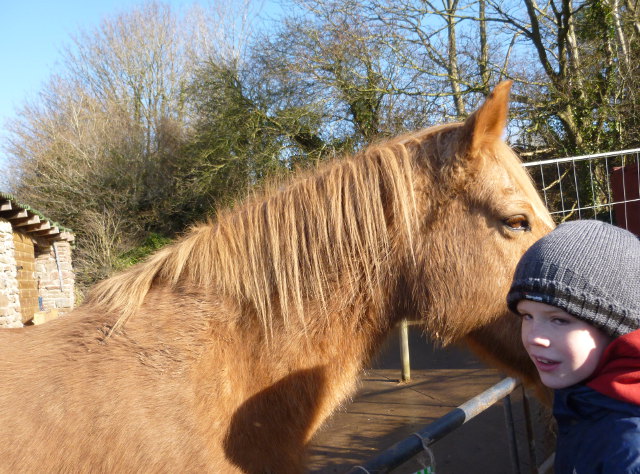
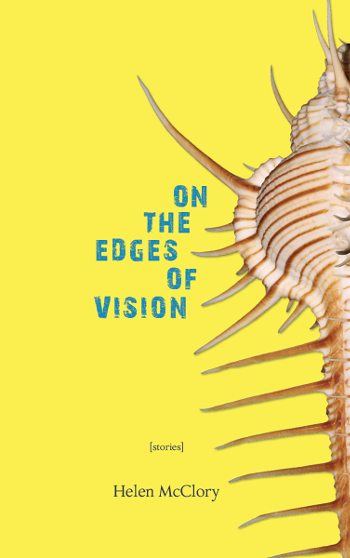
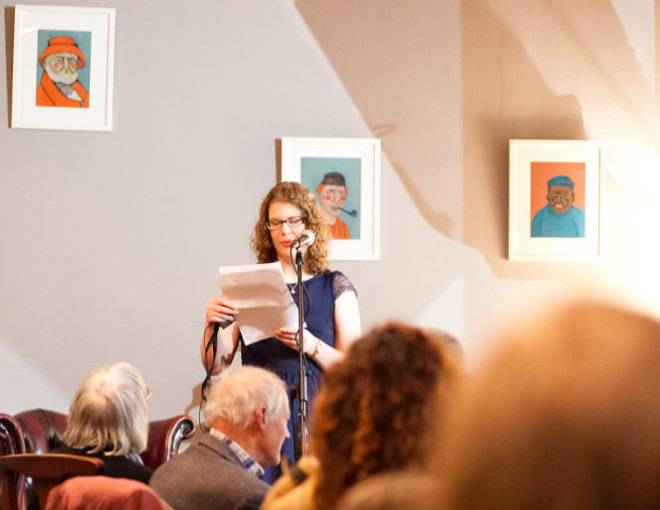
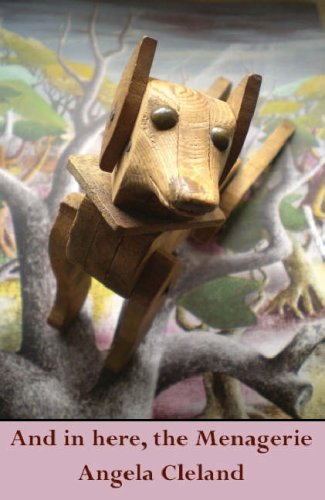 There is a delicious sense of solidity to the poetry in Angela Cleland’s
There is a delicious sense of solidity to the poetry in Angela Cleland’s 